
The iTeach Blog

Integrating Virtual Reality into Classroom Content
Learn how to connect virtual reality experiences to your classroom content.
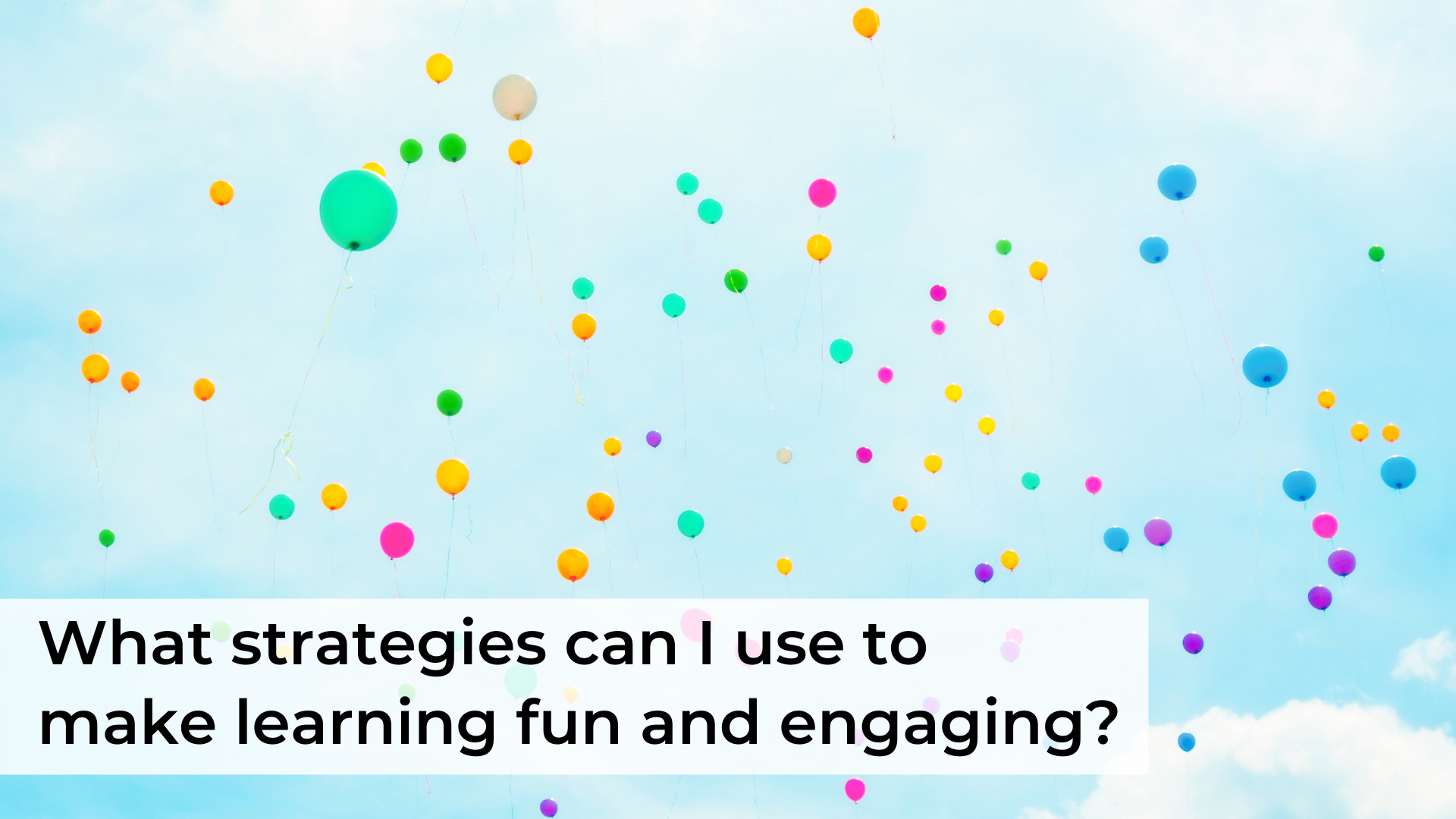
Bringing Fun and Excitement to the Classroom
When students are engaged in the classroom, they are more attentive, focused, and motivated to participate in meaningful learning experiences. Karleen Vaughn provides several easy-to-implement-strategies to increase student engagement and have more fun while you do it.

Engaging Learners in Local History
With so many schools closed and learners at home with care-takers, engagement has proven to be difficult for many classroom teachers. Learn how you can use gamification and hands-on learning to engage learners in history!
Using Avatars for Gamified Learning
Are you working to increase motivation and engagement in your classroom? In this post, Suzy Lolley explores three ways to use avatars for gamification.

Disrupting School: Promoting the Values of Personalization
Education has done well to meet the needs of a lot of students, but with the rise of technology, we have the opportunity to reach and help all students succeed, not just most. Max Gertz explores how classrooms can be rid of the rule of the bell curve by promoting the values of personalization.
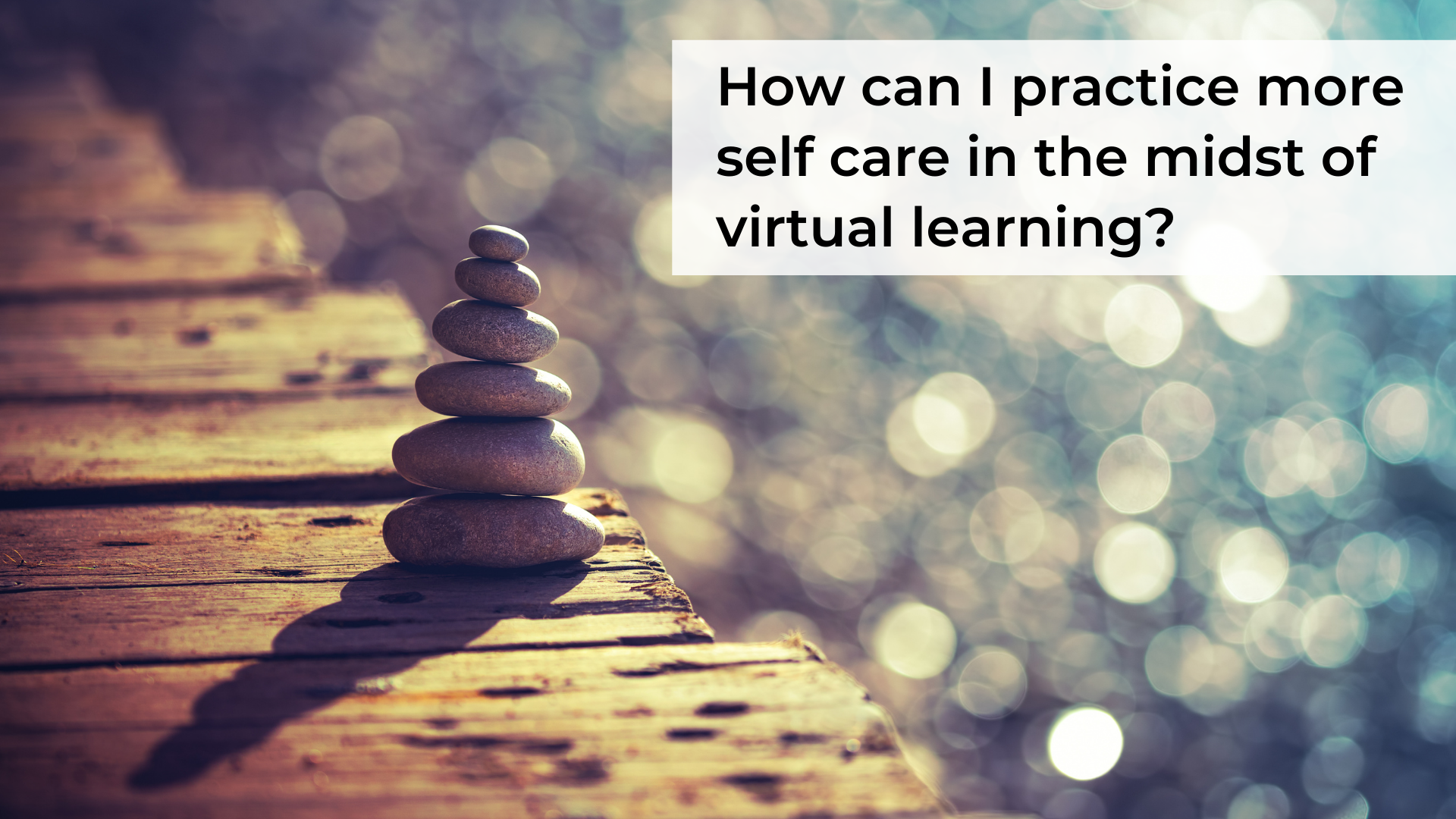
Self-care in the Midst of Virtual Learning
Let’s face the facts: YOU are your students’ greatest resource. There’s a lot you are balancing emotionally, mentally, and physically, and it’s important now more than ever to squeeze in a little daily self-care.
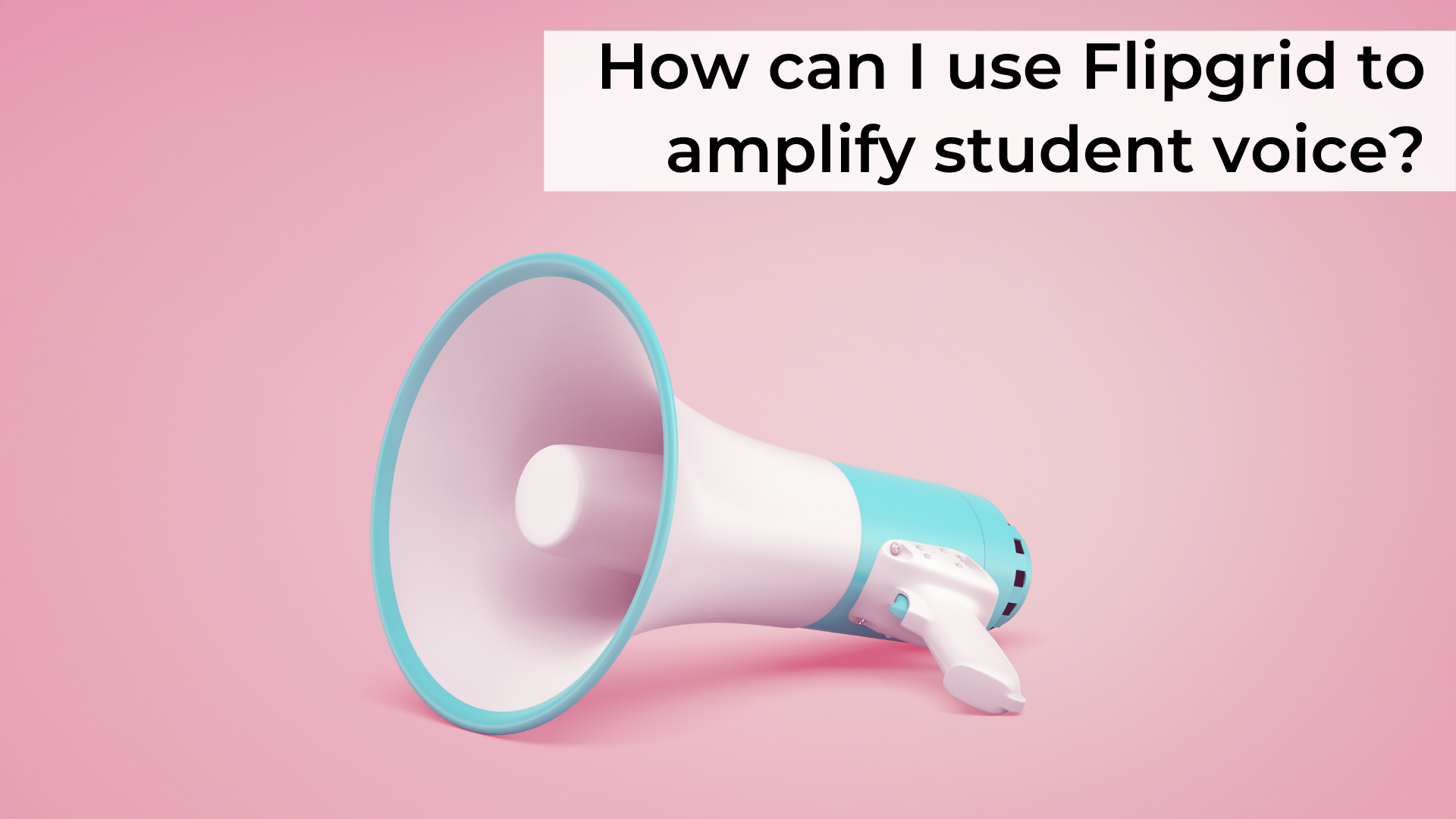
Using Flipgrid to Amplify Student Voice
iTeach coach Nisa Peek offers a step-by-step guide and tons of helpful resources about how you can use Flipgrid to amplify student voice.
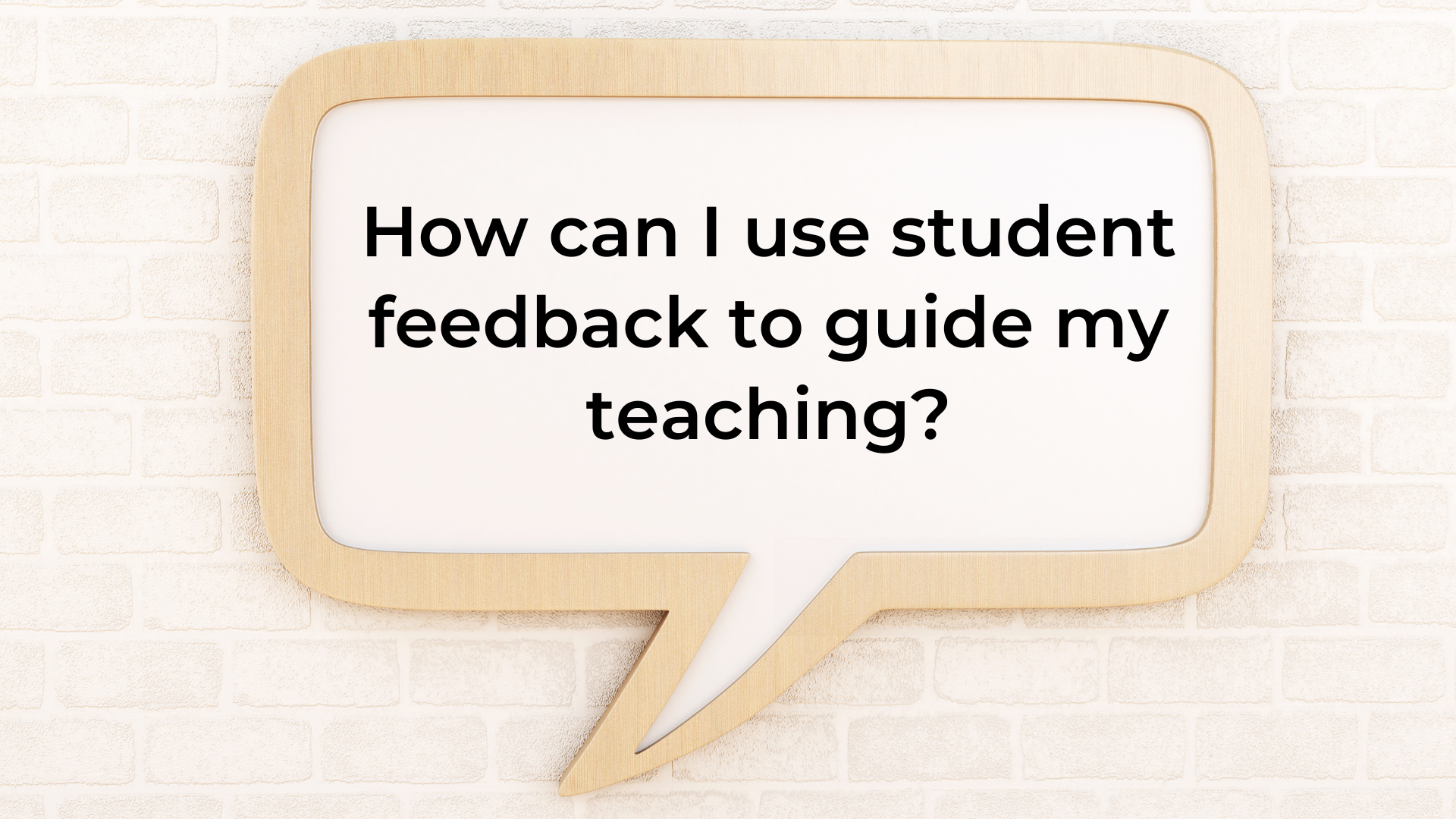
Using Student Feedback to Guide Teaching and Learning
It is so important to give students opportunities to evaluate their needs and provide feedback in the classroom. Kristen Klinger shares pointers to harness the power of student voice to guide your teaching.
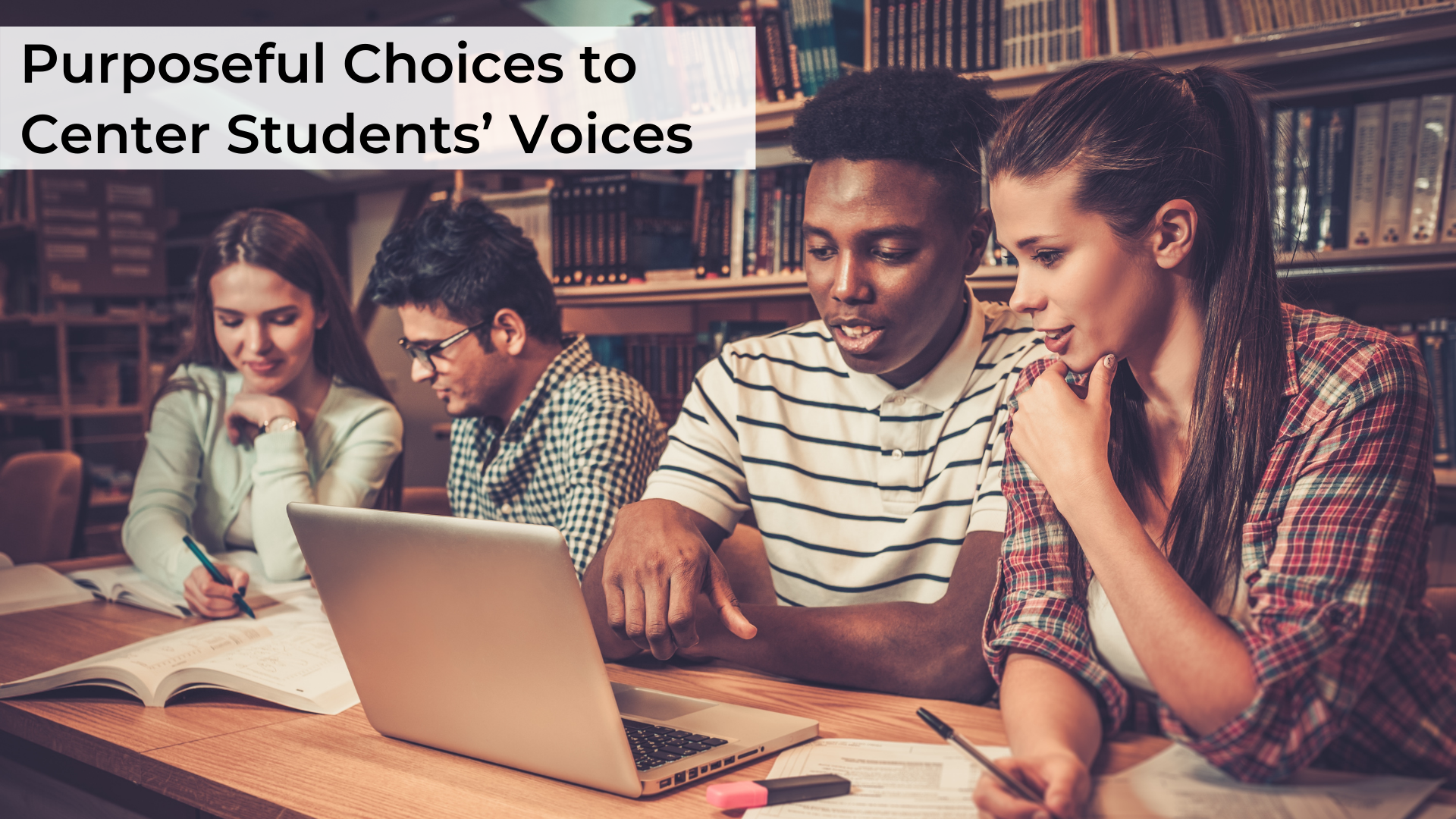
Purposeful Choices to Center Students’ Voices
What needs to be present in our classroom culture, our pedagogy, and our curriculum to honor students for who they are and to use that as a springboard to amplify their voices? Sarah Yoo challenges educators to consider purposeful pedagogical choices to center all students’ voices in the classroom.
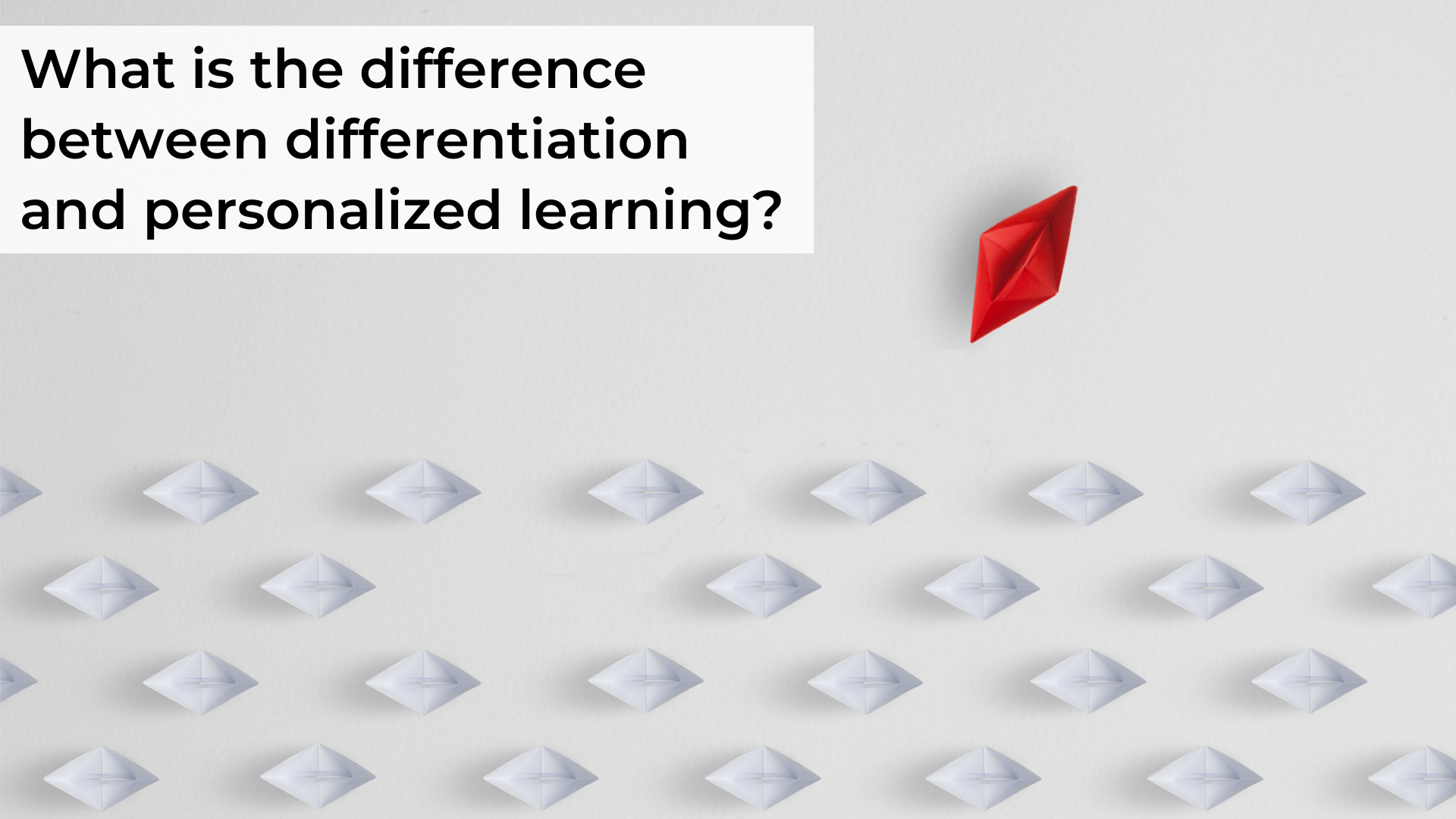
Differentiation vs Personalized Learning
We often hear the terms “differentiation” and “personalized learning” being used interchangeably. In this post, we explore the difference between these two instructional approaches.
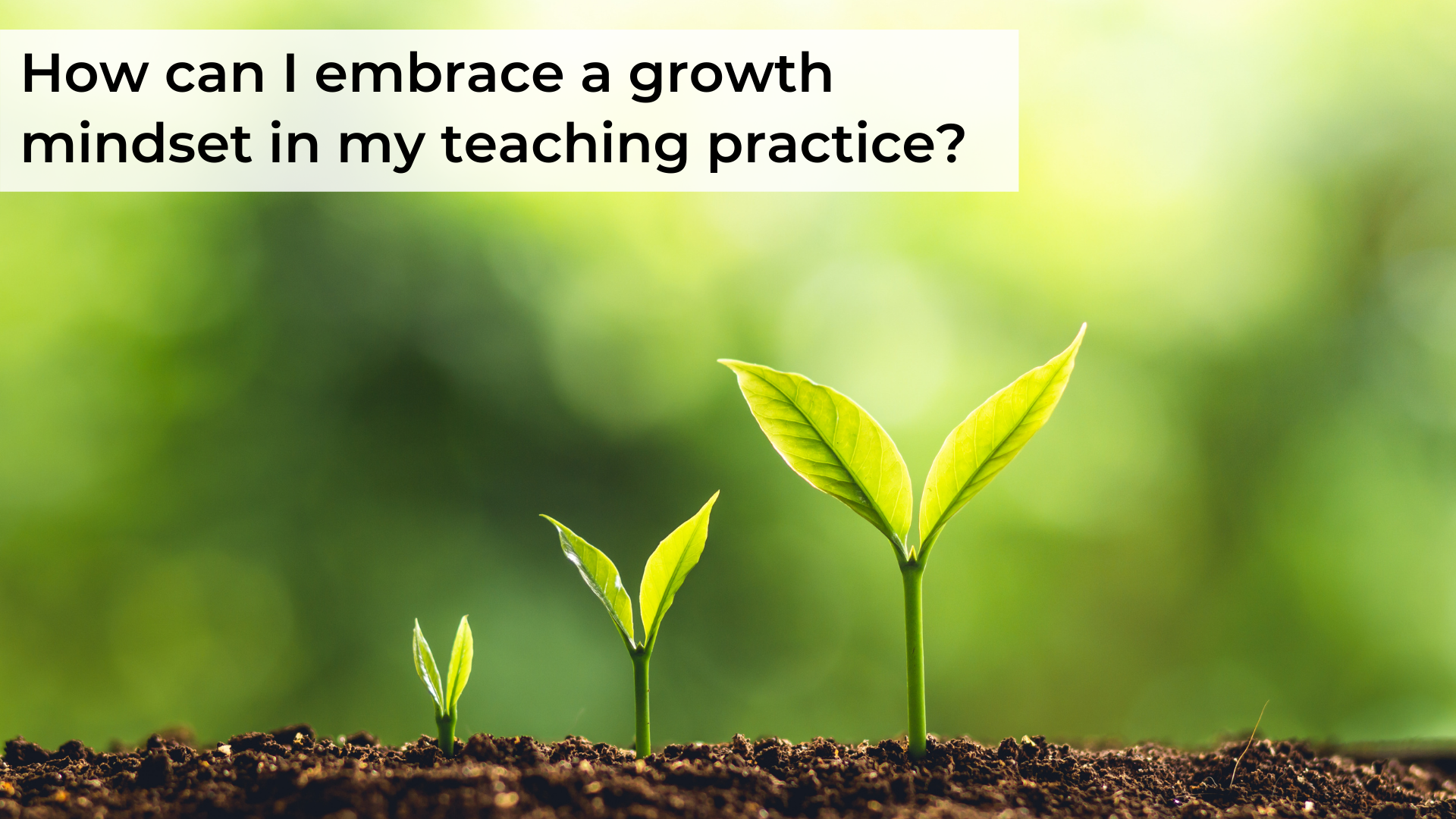
Embracing a Growth Mindset
With everything teachers use to help students develop a growth mindset, why do educators often feel that failure isn’t an option for them? We’re sharing strategies to help you adopt a growth mindset in your professional practice.
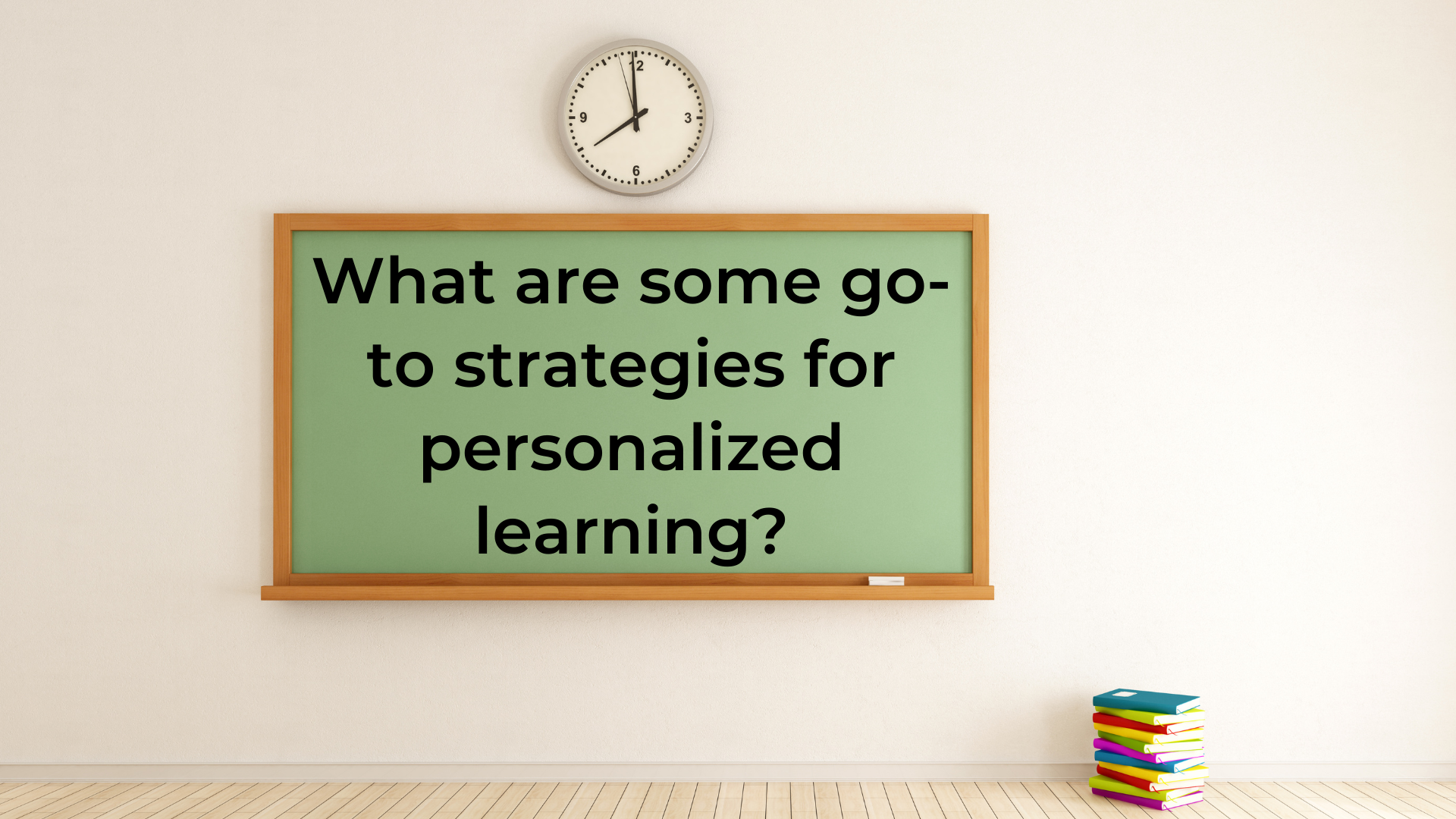
Go-To Strategies to Personalize Learning
It can be challenging to meet the needs of all students at once! We’re sharing some go-to strategies to use when working to personalize learning in the classroom.
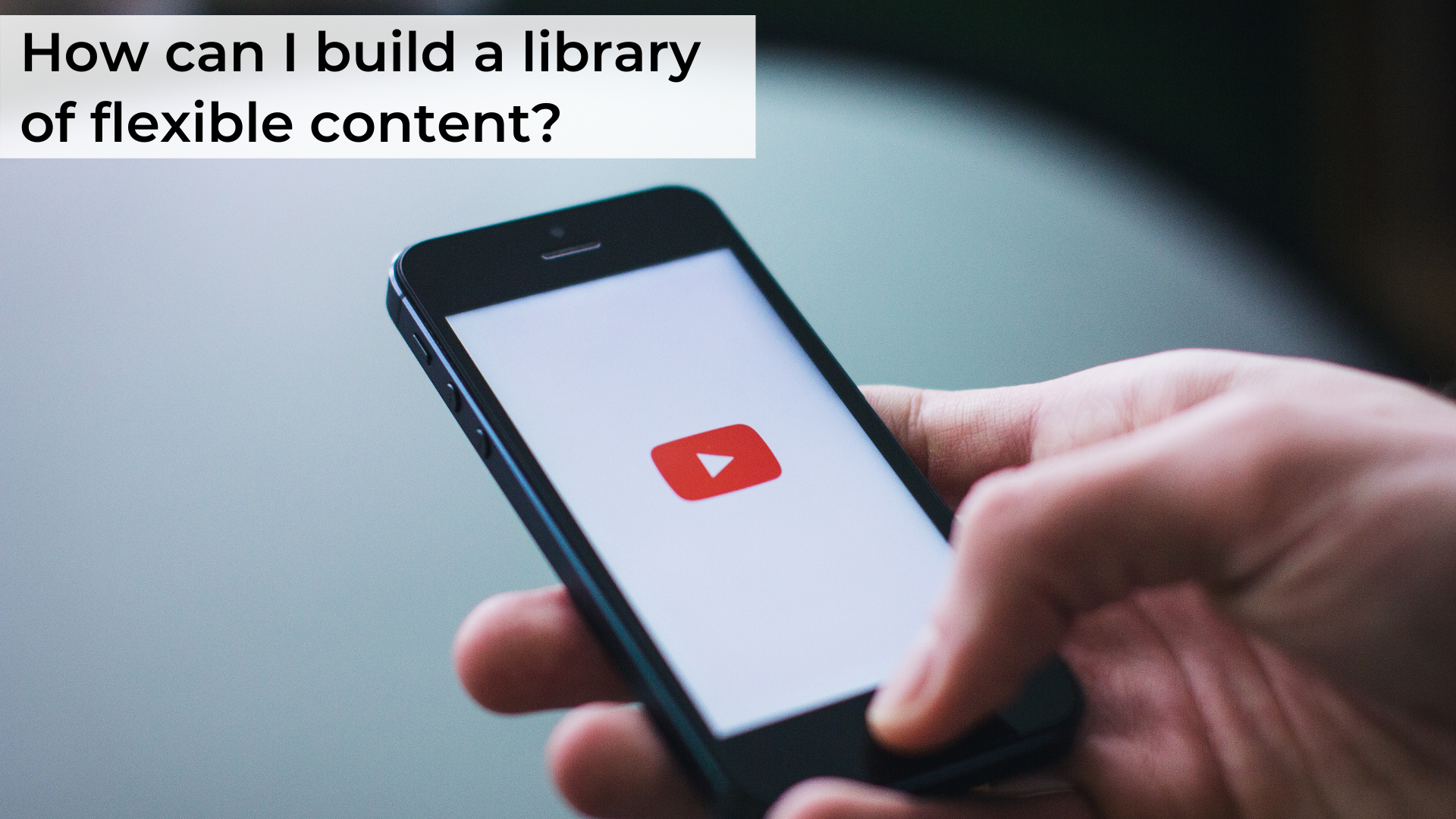
Creating and Curating a Flexible Content Library
Flexible content is key to personalized learning! We’re offering tips to create and curate resources that your students can use to access learning exactly when they need it, at any place and any time.
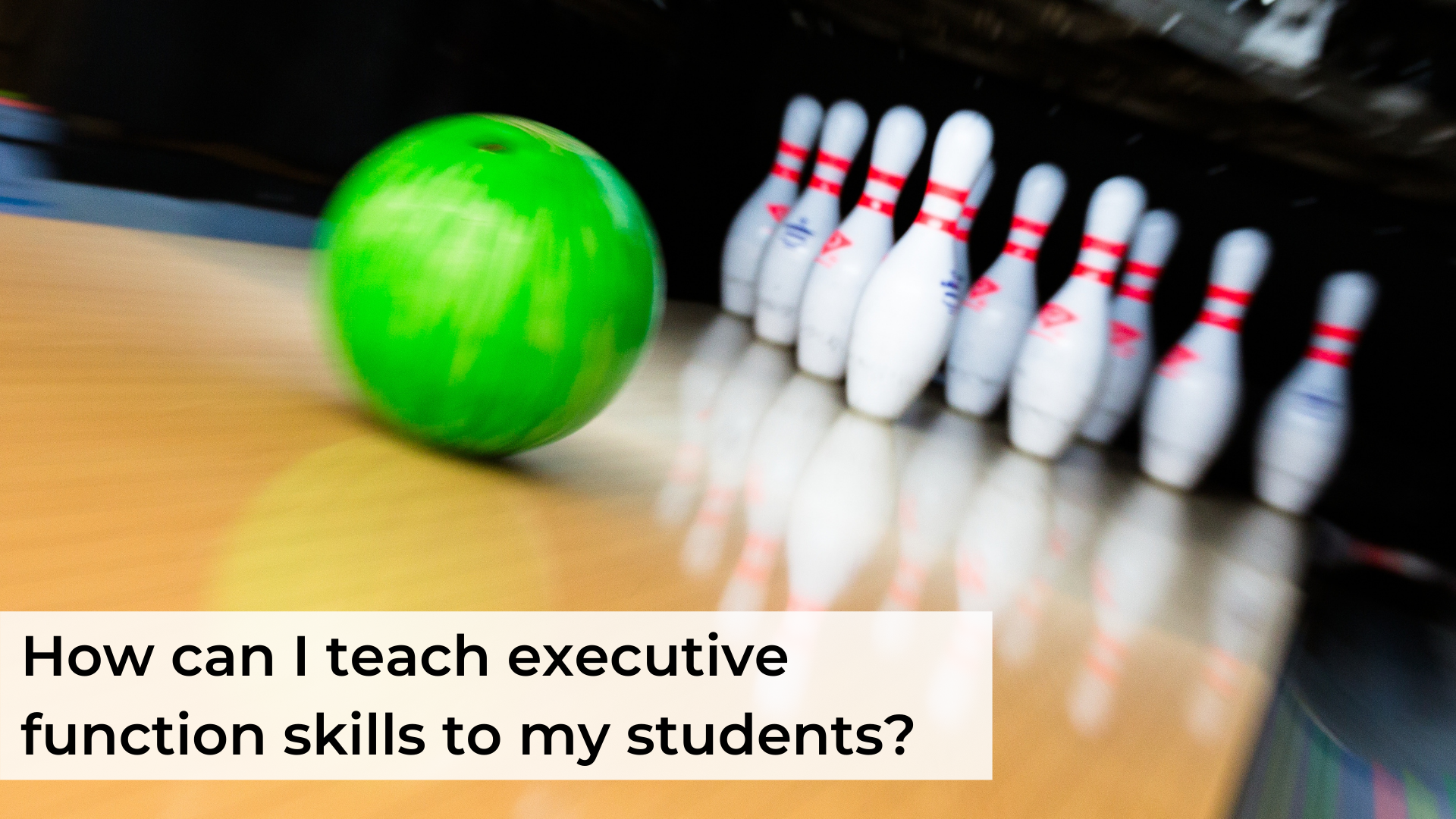
Executive Function in the Personalized Classroom
Many educators recognize the importance of personalized learning, but struggle with the practicalities of implementing it. In this post, we explore why executive functioning is so important in a personalized learning environment and share strategies to teach this important skillset.
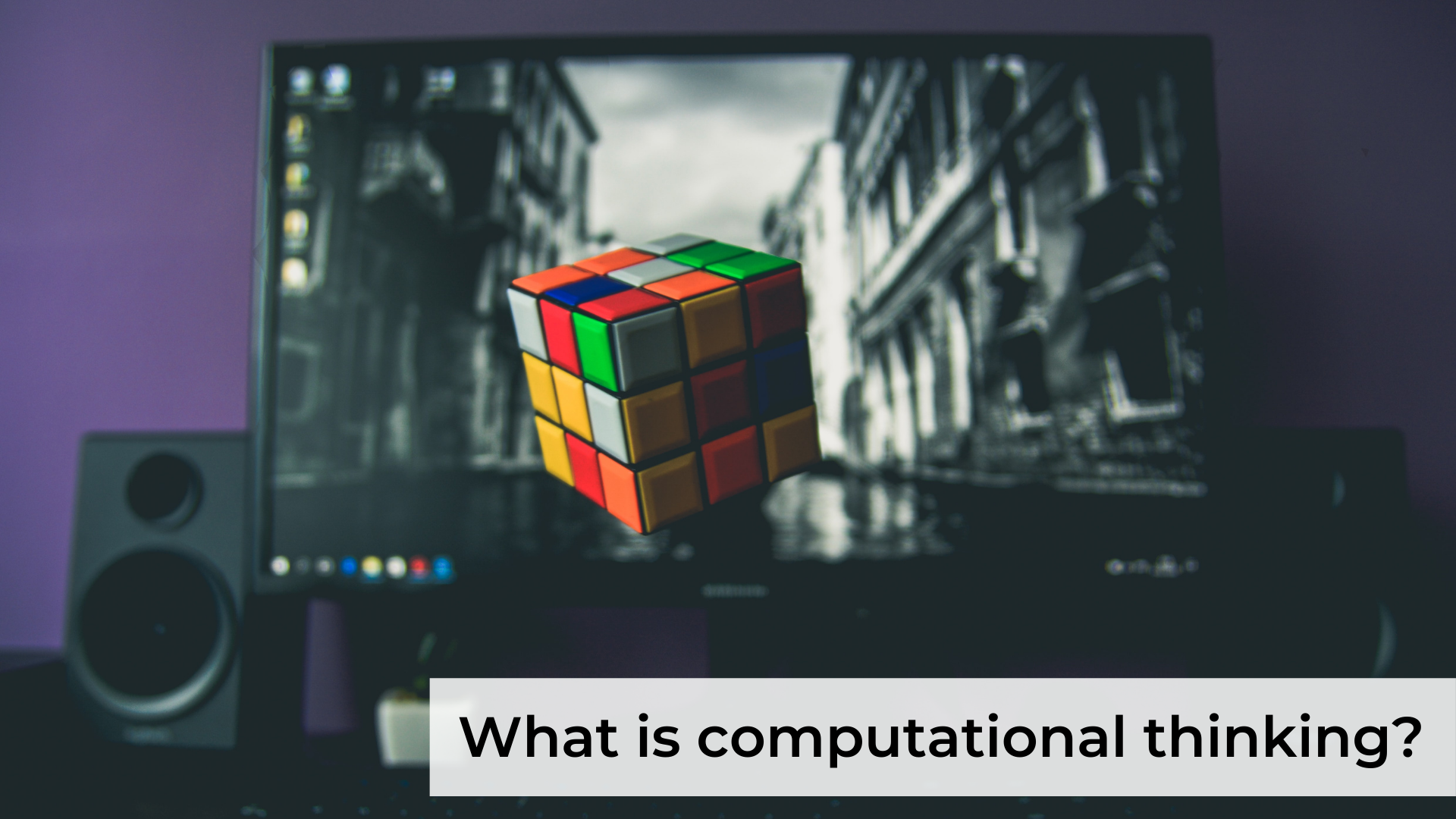
Computational Thinking
Computational thinking is important because it helps students develop basic level computer science skills. These skills allow students to harness the power of computers and digital technology to innovate and solve problems. This post helps educators understand the progression of computational thinking competencies in order to develop students’ ability to innovate.

Using Geo Tools to Build Student Engagement
It’s easy to think that maps can only be used in the Social Studies classroom, but this is not the case! Educators can create meaningful and engaging map-based lessons and projects across the curriculum. Use the guiding questions provided on this blog to identify how maps connect to your content and apply best practice accordingly.
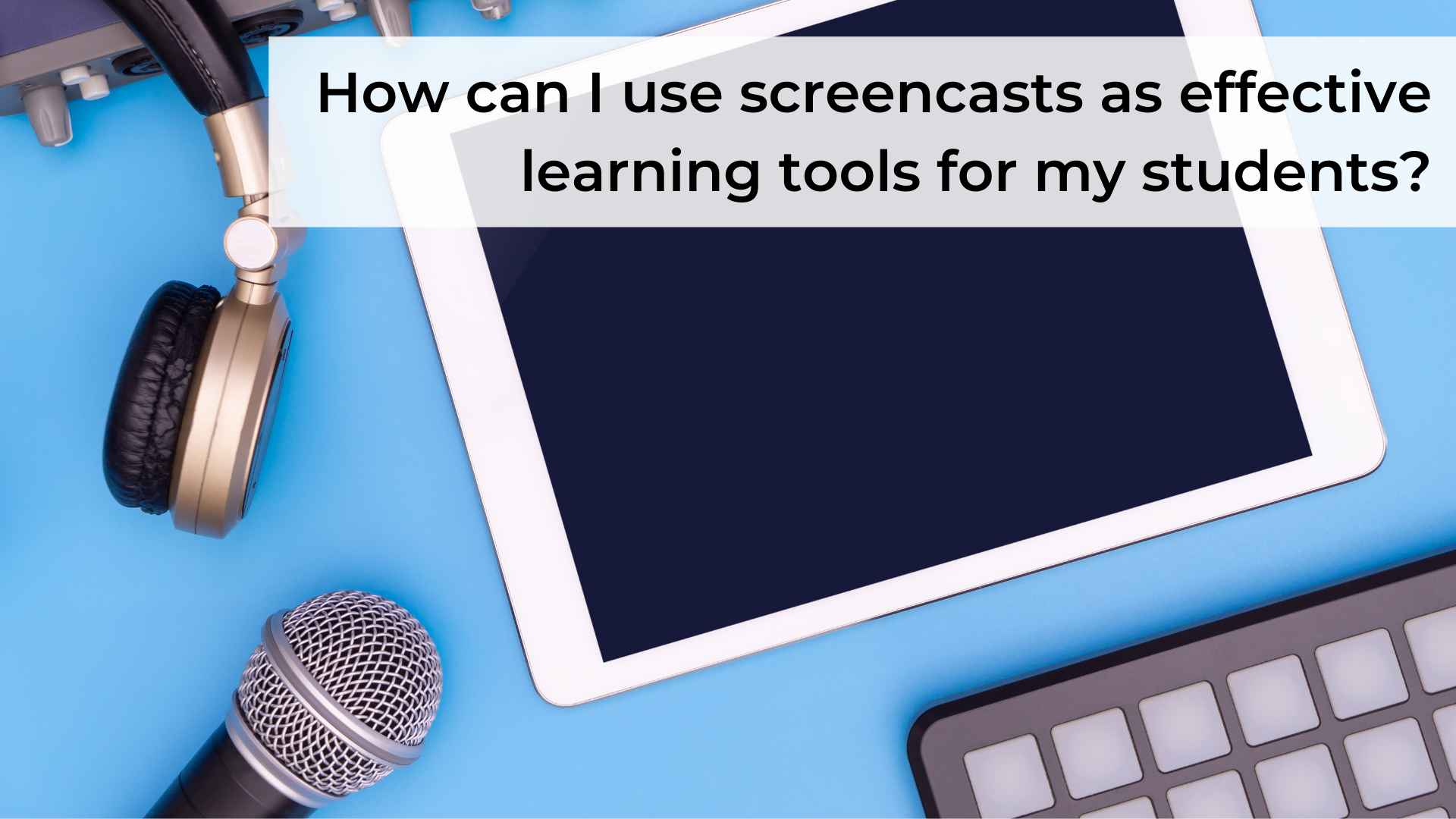
Screencasting in the Classroom
Screencasting can be beneficial for teachers, students, and parents in a number of ways. We’re sharing tips to help you to create engaging screencasts that provide your viewers with effective learning tools and support.

“Take it Easy. Don’t let the sound of your own wheels drive you crazy.”
Taking a measured approach and using the tech tools that work well for you and your students will move your classroom forward and prepare your learning community, even when you have to work at a distance from each other.

Virtual Planning and Collaboration for Educators
Professional planning and collaborative work looks very different through a screen! These guidelines will help educators build a strong foundation and establish an effective workflow for virtual teamwork.

Shifting Professional Development through the Power of Personalization
COVID-19 has impacted the way we teach and learn in many ways, and this includes professional development for teachers. By taking advantage of professional development strategies such as MOOCS, PLNs, and Online PD, we can shift PD for teachers the same way we work to shift education for students - through the power of personalization.
